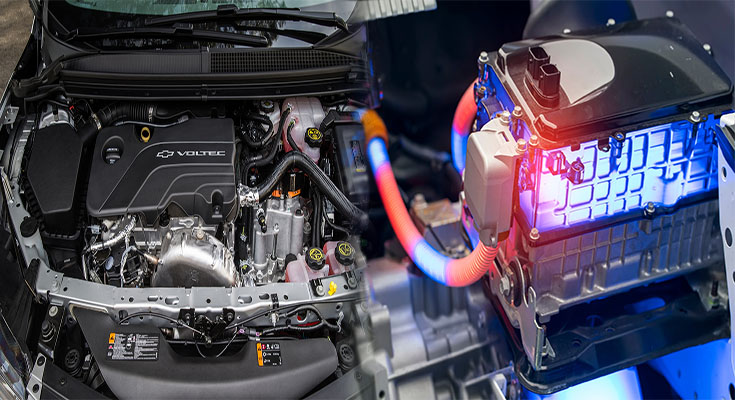
Integration of Artificial Intelligence in Medical Computer Science Applications
Artificial intelligence (AI) is revolutionizing various industries, and its impact on the medical field is particularly promising. With advancements in computer science and machine learning, the integration of AI in medical applications is transforming healthcare delivery and improving patient outcomes. In this article, we will explore how AI is being integrated into medical computer science applications and its potential benefits.
Enhancing Diagnosis and Medical Imaging
One area where AI is making significant strides in medicine is in diagnosis and medical imaging. AI algorithms can analyze medical images, such as X-rays, CT scans, and MRIs, with remarkable speed and accuracy. By comparing patterns in large datasets, AI systems can assist radiologists in identifying abnormalities, detecting early signs of diseases, and making more accurate diagnoses. This integration of AI not only improves diagnostic accuracy but also helps reduce human error and enhances the efficiency of the healthcare system.


